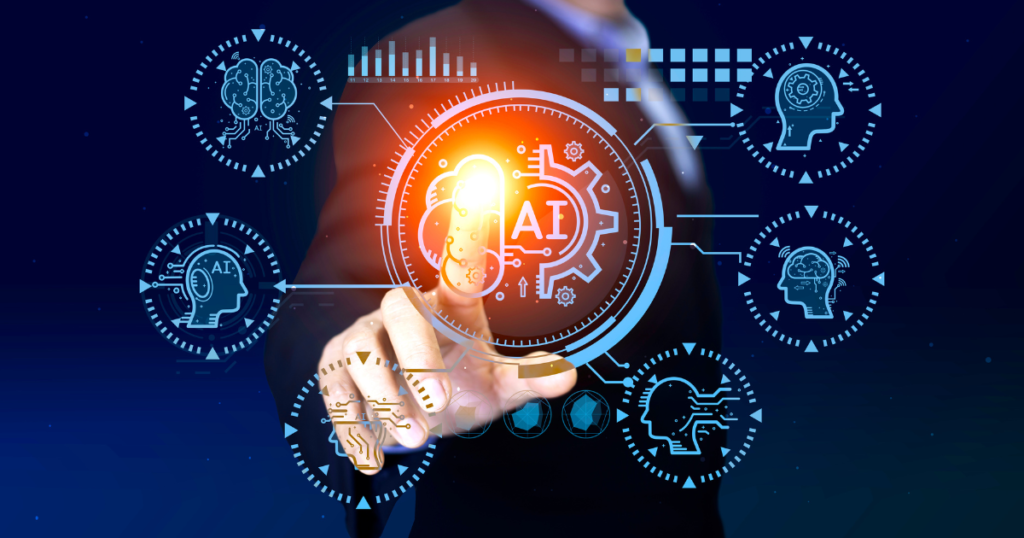In the dynamic landscape of artificial intelligence (AI), scientists and engineers continuously strive to unlock the secrets of the human brain and mimic its unparalleled capabilities. They are pushing the boundaries of technology to create AI like a human brain. The quest to create AI systems replicating the human mind’s complexities has been both a scientific fascination and a technological necessity.
As we explore the landscapes of neural networks, deep learning, and cognitive computing, the similarities between AI systems and the human brain become more visible. In this blog post, we dive into a captivating journey into the world of AI systems, striving to mirror the intricacies, adaptability, and intelligence naturally found in the human brain.
The Progression of AI
Traditional AI systems have proven their proficiency in particular tasks through the application of predefined rules and algorithms. While effective in certain domains, these systems frequently lack the flexibility and adaptability inherent in human cognition. The quest for more human-like AI has led researchers to delve into innovative approaches and one of the most promising paths includes mimicking the structure and function of the human brain.
The Human Brain and Neural Networks
The human brain, a marvel of complexity, consists of billions of interconnected neurons that communicate through synapses. In AI, neural networks attempt to imitate this structure, featuring layers of tied nodes that process information. Recent advancements have extended this concept by further incorporating self-organizing mechanisms that enable AI systems to freely adapt and learn, mirroring the brain’s ability to rewire itself based on experience.
Learning Through Experience

One of the key factors that distinguishes human intelligence is the capability to learn from experience. Traditional AI systems heavily rely on supervised learning, where training involves using labeled datasets. However, the recent advancements in making AI like a human brain are shifting towards unsupervised learning and reinforcement learning. These approaches allow systems to learn and adjust in a more organic, human-like manner.
Adjustable intelligence
The adjustability of the human brain results from its ability to establish new connections and pathways when encountering new information. Similarly, AI systems are currently being designed to dynamically modify their internal structures based on the data they process. This adaptability not only enhances performance in specific tasks but also paves the way for AI systems capable of handling a wider range of challenges.
Real-life Applications
The implications of creating AI systems that closely resemble the human brain are far-reaching and extend to various fields. From healthcare and diagnostics to self-driving vehicles and robotics, the potential applications are boundless. Machines with the ability to understand context, learn from experiences, and adapt in the moment are ready to transform industries and improve our day-to-day experiences.
Finale
In summary, the progress in developing AI like human brain is undeniably groundbreaking. The realization that AI can achieve a level of complexity and adaptability comparable to the human brain reveals remarkable possibilities. As we observe AI developing with a self-organizing capability, we stand on the verge of a future where AI like human beings, not only performs tasks but learns, adapts, and navigates the complexities of our intricate world.


